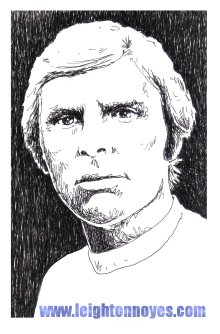A full house watched Arsenal defeat Sevilla last week. Tuesday’s Carling Cup tie against Newcastle United is also a 60,000 sell-out. Yet Chelsea drew just 24,975 for their opening Champions League match with Rosenborg. The quality of the opposition had something to do with it, as did recent results, but there is a simpler explanation, that Roman Abramovich has overlooked. For all the talk of worldwide domination, Chelsea are not a big club. Its traditional rival in London is not Arsenal or even Tottenham Hotspur: it is West Ham United.
The north London clubs are twinned geographically but also in terms of size and history. Arsenal is bigger and more successful, but Tottenham was the first team to win the Double, have won three European trophies to Arsenal’s two and until the new millennium, were ahead on the number of FA Cup victories, too. Tottenham’s desperation to break into the elite group is driven by the knowledge of its potential, if successful. At heart, it belongs.
Chelsea were always bigger than the neighbours, Fulham, just as West Ham’s mutual animosity with Millwall is weakened by spending just 20 of 87 years in the same division. So traditionally, despite being at opposite ends of London, Chelsea and West Ham pair off, too. Attendances are often similar and while Chelsea won the League in 1955 and West Ham never came close, until the last ten years, West Ham had won as many European trophies as Chelsea and had paraded the FA Cup three times to Chelsea’s one. And it is the habits of decades, not a few great years that dictates the size of a football club.
It will take Chelsea a quarter of a century at least to get what Arsenal has now; regardless of success, or the quality of football. Managers might get the blame but Chelsea’s problem, deep down, is that they are still little more than east London gone posh.





















No comments:
Post a Comment